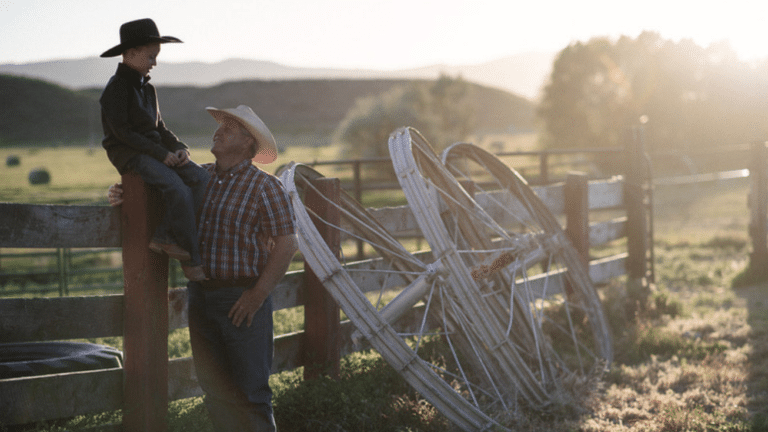Ag Commodity: Florida Aquaculture and the Alligator Industry
The role alligators play in Florida’s aquaculture industry.
Aquaculture is big in Florida; the state is a peninsula surrounded by saltwater and full of lakes and waterways. The alligator industry has been an important part of Florida aquaculture ever since the alligator was taken off the Endangered Species List in 1987. According to the Florida Department of Agriculture and Consumer Services (FDACS), there are over 1 million wild alligators in Florida’s lakes, rivers, swamps, and marshes. However, the aquaculture farming of alligators helps reduce illegal poaching while supplying the alligator meat and skins that consumers want. Explore the alligator industry side of Florida’s aquaculture farming systems.
Alligators and Florida Aquaculture
The American alligator is the official state reptile of Florida, and the total alligator population in The Sunshine State is tallied at 1.2 million. The alligator is considered a sustainable resource, as important to Florida as many of the state’s other resources.
According to the Bureau of Seafood and Aquaculture Marketing, a division of FDACS, there are 28 aquaculture companies in Florida that raise alligators. These alligator farms are able to supply alligator meat, meat products and alligator skins from raw to fully processed and ready to be made into consumer goods. Alligator skins are used to make luxury goods like shoes, belts, bags, and more.
Alligator meat is increasing in popularity and demand, as it’s a lean meat that’s high in protein and low in fat. There are a variety of cuts, including tail fillets, ribs, “nuggets,” and “wings.” Some cuts, like tail meat, consist of mild-flavored white meat that is likened to veal in texture; other cuts, such as wings and nuggets, offer a more flavorful dark meat that is compared to the texture of pork shoulder. Alligator meat can be used to replace chicken, pork, fish, or veal in just about any recipe. FDACS offers tried-and-true recipes using alligator meat here.
Alligator Farms by the Numbers
In 2015, the latest data available, Florida’s alligator farms harvested over 21,000 alligator hides and nearly 189,000 pounds of alligator meat for an estimated worth of over $8 million. The average value of each alligator was just under $400.
Approximately 15,000 to 18,000 farm-raised alligator skins are harvested a year, compared with the 6,500 to 7,000 wild alligator skins that are harvested annually. Many gator farms also utilize an agritourism option where visitors tour the alligator farm and watch alligator shows. They are considered unique parts of both Florida’s tourist and agriculture industries.
At AgAmerica Lending, we are committed to both traditional farming and cutting-edge developments in agriculture. In fact, we helped one family-run alligator farm in Florida to expand their ag operation into beef cattle with an $870,000 loan, in order to buy 330 acres for pasture land and prepare it for grazing. A low-interest rate and a 25-year amortization loan product allowed the family alligator farm to reach their expansion goals. Whether you’re considering an alligator farm, a traditional farm, or some other variation of Florida aquaculture, we have a team of experts waiting to help you explore your ag lending options. Contact us today to speak with an experienced team member.






